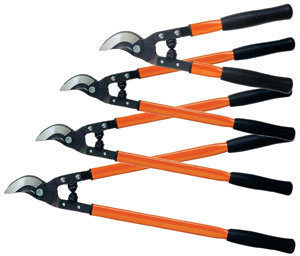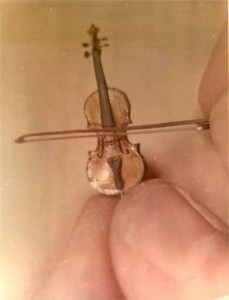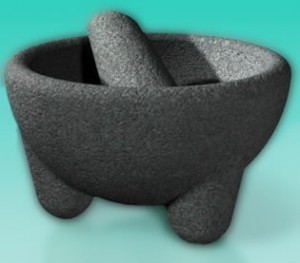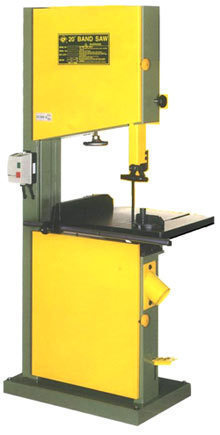How Big is a Machete?
The machete length can reach up to 15 inches. Some blades are even longer. When reading the product description, note the dimensions given carefully. Some refer only to the blade length, while others speak of the blade plus the handle. The average length is between one to two feet (30.48 to 60.96 cm). Thickness is around 2.54 mm (1 inch).
Machete Facts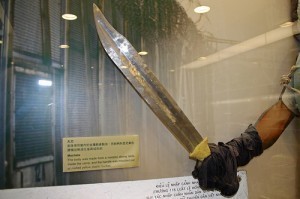
It is a large blade made for the purpose of cutting. The blade is used primarily for cutting products related to agriculture. For instance, they are used for chopping sugar canes and smashing coconuts open.
The machete length and heavy duty design gives you a lot of momentum when the blade is used. The blade can also be utilized for making paths in the forest. This can be done by chopping vegetation. Of course, the blade can also be employed as a weapon or for preparing food.
Prevalence
The blade is most commonly found in tropical nations and in cultures that are dependent on agriculture. Most frequently you will find them in the Pacific Islands, Southeast Asia, Africa, the Caribbean and South America.
Designs and Variations
There are several variations, but the basic design principles are followed. In Africa it is called the tapanga. It is half feet (45.72 cm) long. The blade is noted for its posterior which is broad. In the Pacific islands and Southeast Asia the weapon is known as the bolo. It is remarkable for its tip, which is bigger than the base.
In Malaysia the blade is called parang while in Indonesia it is known as the golok. These blades are typically short and thick. They are used mostly on vegetation. In Nepal it is known as the kukri. The blade is curved and is also used for cutting.
The blade was often used as a weapon. The Cubans used it against the British in 1762. It was also carried by the Filipinos in their battles against the Spaniards and the Americans.
Origin
Although the machete length variants are well known, its origin is still unclear. A popular theory says its origin can be traced back to the falchion, a 13th century short sword.
Some researchers believe the blade is descended from the Greek kopis blade. The origin of the word is said to be a Spanish tool utilized by the 18th century Spanish Armies.
Once confined for the use of farmers and soldiers, the blade has now become commonplace. It can be ordered on the Internet.
